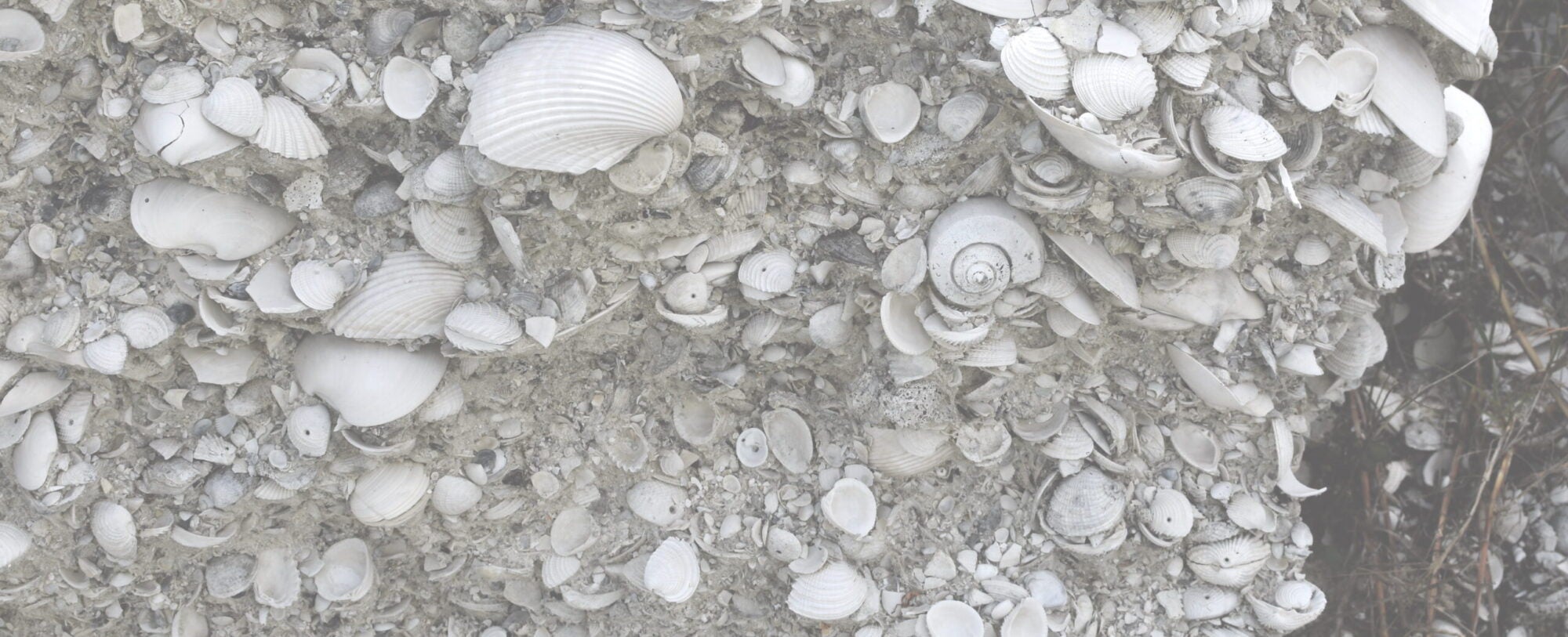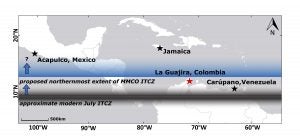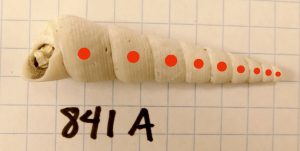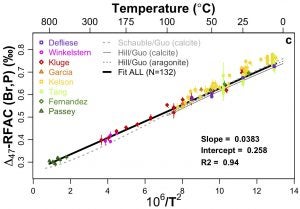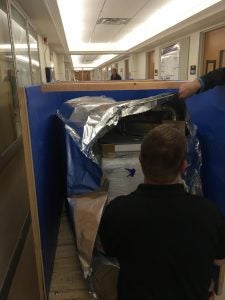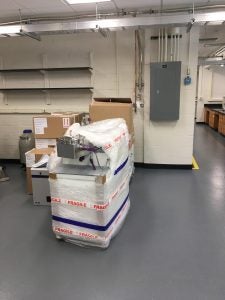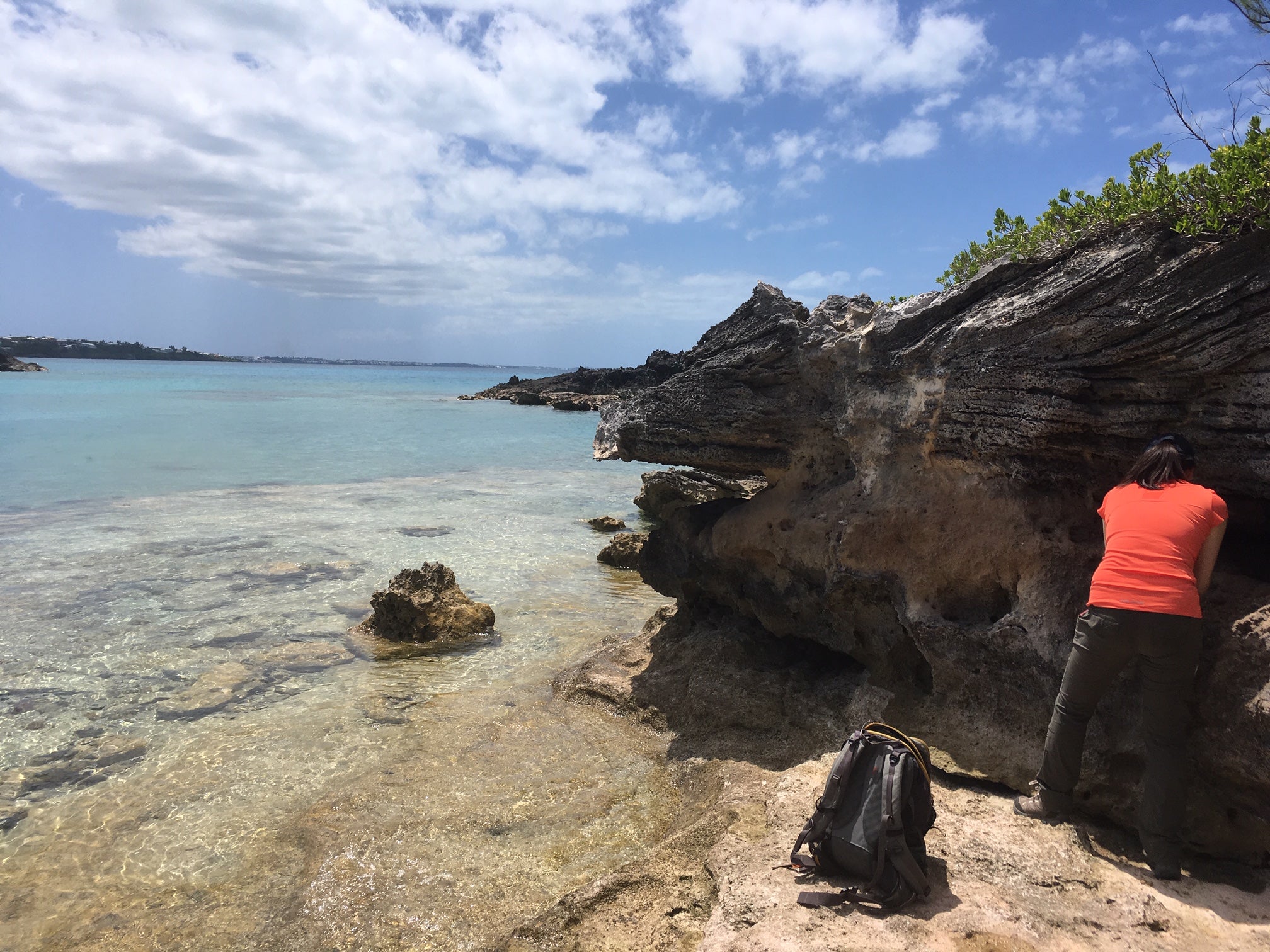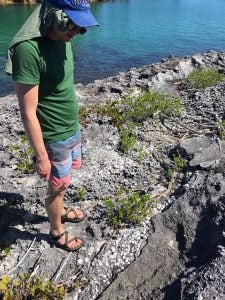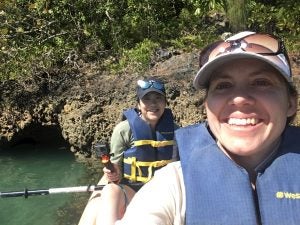Today we gained access to our research lab for the first time since we shutdown in March.
We are very glad to be selected as one of the buildings for the “pilot phase” of reopening at U of M. The group, department, and university have done a great job making the working environment safe through PPE, cleaning and air circulation procedures, limiting personnel, and maintaining social distancing. Lots of safety plans submitted!
Only Ashling, our lab manager, is allowed in at the moment and she will begin working to turn on our machines and get them back to operational. We are crossing our fingers for a smooth reopening, with everything working well.

